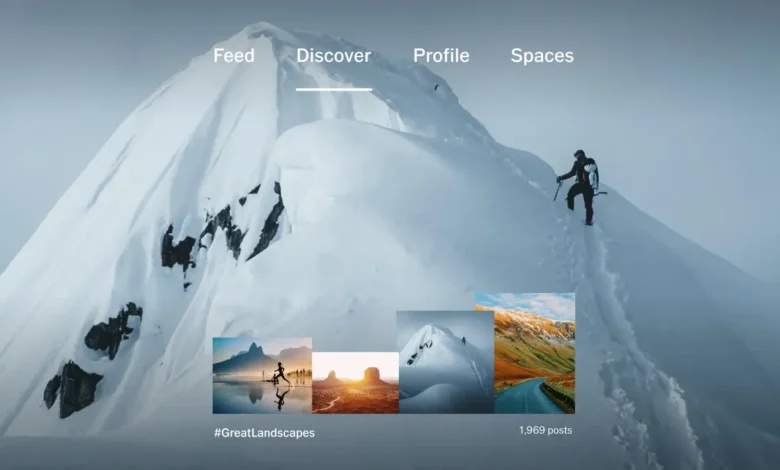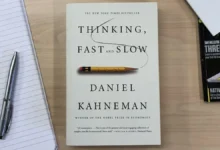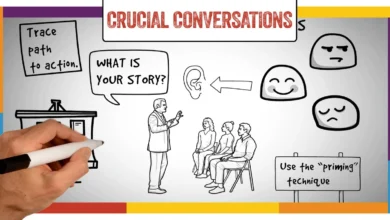VSCO People Search: Exploring the Hidden Features of the Popular Photo App

VSCO has become one of the most well-known photography apps, loved by creatives and social media enthusiasts alike. Known for its advanced editing tools and aesthetic filters, it has shaped the way people share visual content. While VSCO is mostly recognized for its photo-editing features, many users are curious about the VSCO people search function and how it works.
Unlike traditional social media platforms, VSCO operates with a more minimalistic approach, focusing on creativity rather than follower counts or public interactions. This has made it a preferred choice for those who want a quieter, more artistic space online. However, finding people on VSCO can sometimes be tricky due to its unique design and privacy-focused nature.
Understanding VSCO People Search and Its Purpose
The concept of searching for users on VSCO differs from the way other platforms function. Unlike Instagram or Twitter, where users can easily look up profiles through a dedicated search bar, VSCO takes a more subtle approach. The platform does allow for discovery, but it is intentionally designed to limit invasive searches.
The VSCO people search feature lets users find others based on usernames or linked social media accounts. However, since the app does not emphasize direct engagement, discovering new creators often requires some effort. This subtle approach is one of the reasons why VSCO is appreciated by those who prefer a more private social experience.
How to Find People on VSCO Without a Direct Search Option
Many users wonder how they can locate friends or favorite creators on VSCO. While the platform does not have a direct “search” function like other apps, there are still ways to find and connect with people. One method is through linked social media accounts, where users often mention their VSCO handles in their Instagram bios or Twitter posts.
Another way to explore profiles is by engaging with curated content. Since VSCO frequently features user-created work, scrolling through popular images and collections can lead to discovering new profiles. The explore feature can sometimes surface creators who share similar aesthetics, making it a great tool for finding like-minded individuals.
Why VSCO Maintains a Limited Search Functionality
VSCO takes a different approach compared to mainstream social media platforms by focusing on content rather than popularity metrics. The app intentionally avoids public likes, comments, and follower counts to create a more organic sharing experience. This approach naturally extends to its search functionality.
By limiting how people can search for users, VSCO encourages authenticity. Instead of chasing followers, users can focus purely on their creative expression. This has fostered a strong community of photographers, artists, and visual storytellers who value substance over social validation.
Privacy and Anonymity on VSCO: How It Affects User Searchability
Privacy is a major factor that influences the way VSCO people search works. Unlike traditional social platforms, where profiles are often public by default, VSCO allows users to control their visibility. This means that even if someone searches for a username, they may not always find the profile unless the user has made their content accessible.
This level of privacy has both advantages and disadvantages. On the one hand, it protects users from unwanted attention and maintains a distraction-free environment. On the other hand, it makes it harder for friends or followers to locate specific profiles without external links or usernames.
How VSCO People Search Compares to Other Platforms

VSCO People Search stands out from other social media platforms due to its emphasis on creativity and minimalism. Unlike Instagram, where users are encouraged to interact publicly, VSCO is designed to be a personal space for self-expression. This key difference influences how user search functions within the app.
While platforms like TikTok and Facebook prioritize engagement through likes and comments, VSCO removes these elements altogether. This makes user discovery more of an organic process rather than an algorithm-driven experience. It also reduces the pressure of online validation, allowing people to post content freely without concern for metrics.
The Role of Hashtags and Curation in Finding VSCO Users
Hashtags play an important role in content discovery on social media, but VSCO does not rely heavily on them for search purposes. Instead, the app curates content based on trending aesthetics and user interactions. This means that finding people often involves browsing through collections or exploring suggested profiles based on photographic styles.
Although users cannot search for others by hashtags, they can still discover new content through featured galleries. These collections highlight popular edits, photography styles, and creative trends, making it easier for users to stumble upon interesting profiles naturally.
How to Optimize a VSCO Profile for Better Discoverability
Even though VSCO People Search does not emphasize traditional search functions, users can still take steps to make their profiles more discoverable. One effective strategy is linking a VSCO account to other social media platforms, such as Instagram or Twitter. This way, users who want to find a specific profile can easily do so through external sources.
Another method involves consistently uploading high-quality content. Since VSCO occasionally features outstanding creative work, posting unique edits or engaging in visual trends can increase visibility within the community. Engaging with curated content and sharing work regularly also improves the chances of gaining organic recognition.
The Future of VSCO and Potential Changes to User Search
As social media platforms continue to evolve, many wonder if VSCO People Search will eventually introduce more advanced search features. While the app has remained consistent in its privacy-focused approach, there is always the possibility of updates that enhance user connectivity while maintaining creative freedom.
With the rise of AI-driven content discovery and personalization, VSCO could explore new ways to recommend profiles based on interests and artistic styles. However, any potential updates would likely stay true to the platform’s core philosophy of minimalism and authenticity.
Conclusion
VSCO people search is unlike the search functions found on mainstream social media platforms. The app prioritizes privacy and creative expression, making user discovery a more organic experience rather than an algorithm-driven process. While searching for specific users can be challenging, there are still ways to find and connect with others through social media links, curated content, and personal engagement.
For those who appreciate a platform focused on artistic freedom rather than social validation, VSCO remains a top choice. The unique approach to user interaction sets it apart from other apps, ensuring that creativity remains at the heart of the experience. Whether you are a casual user or a dedicated photographer, understanding how VSCO people search works can help you navigate the platform more effectively.





